
In the beautiful seasons, it was the ideal place to stop and spend the night after dark. High up, safe on the side of the mountain, the small esplanade offered enough space to house the flocks in the pens until the early dawn of spring and summer.
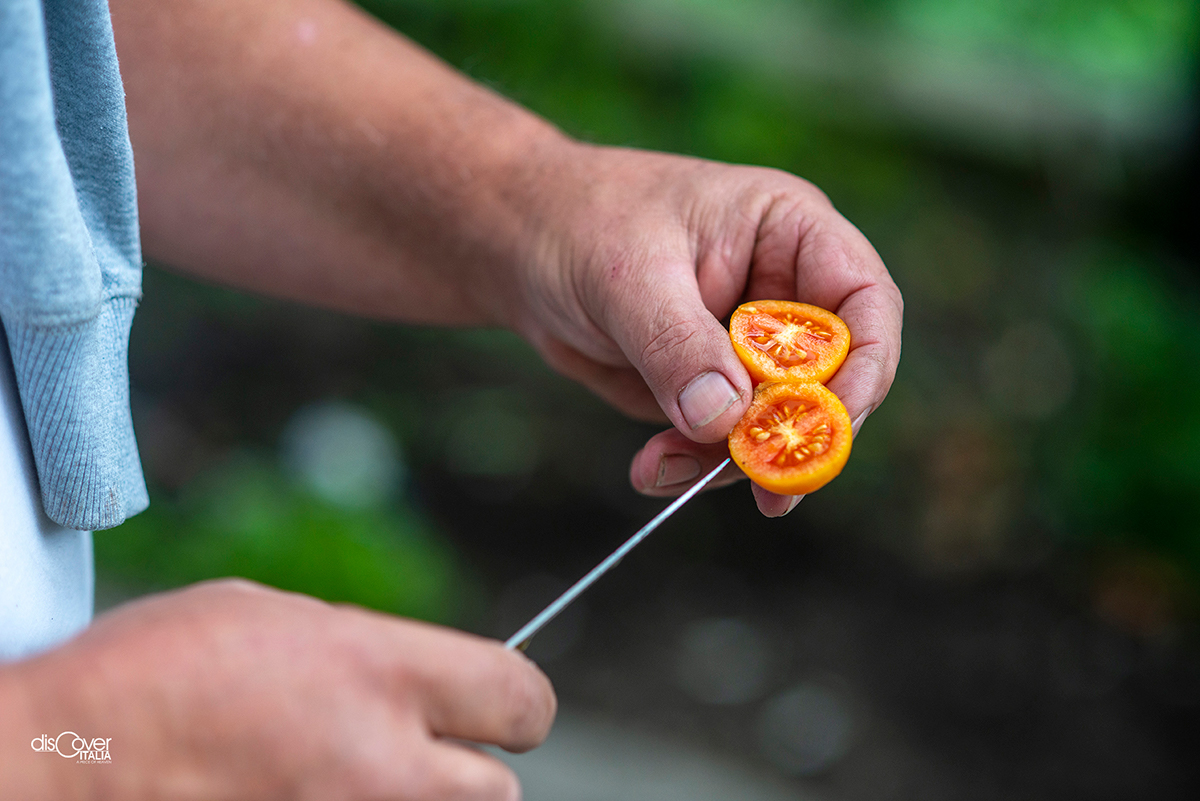
In the hearth of winter, swollen pods and flowers ready for the transformation are spotted among silvery green leaves. The first harvest of broad beans of Filippo Florio has already been collected, for the pleasure of those who attempt the Saturday Market of local products in Ischia Ponte. At that very appointment He displayed his beans with particular pride for they represent another challenge overcome.
More than just a challenge, because the site he’s cultivating is very particular, even if he had a lot of expectations since the beginning. Expectations that the generous earth has not disappointed.
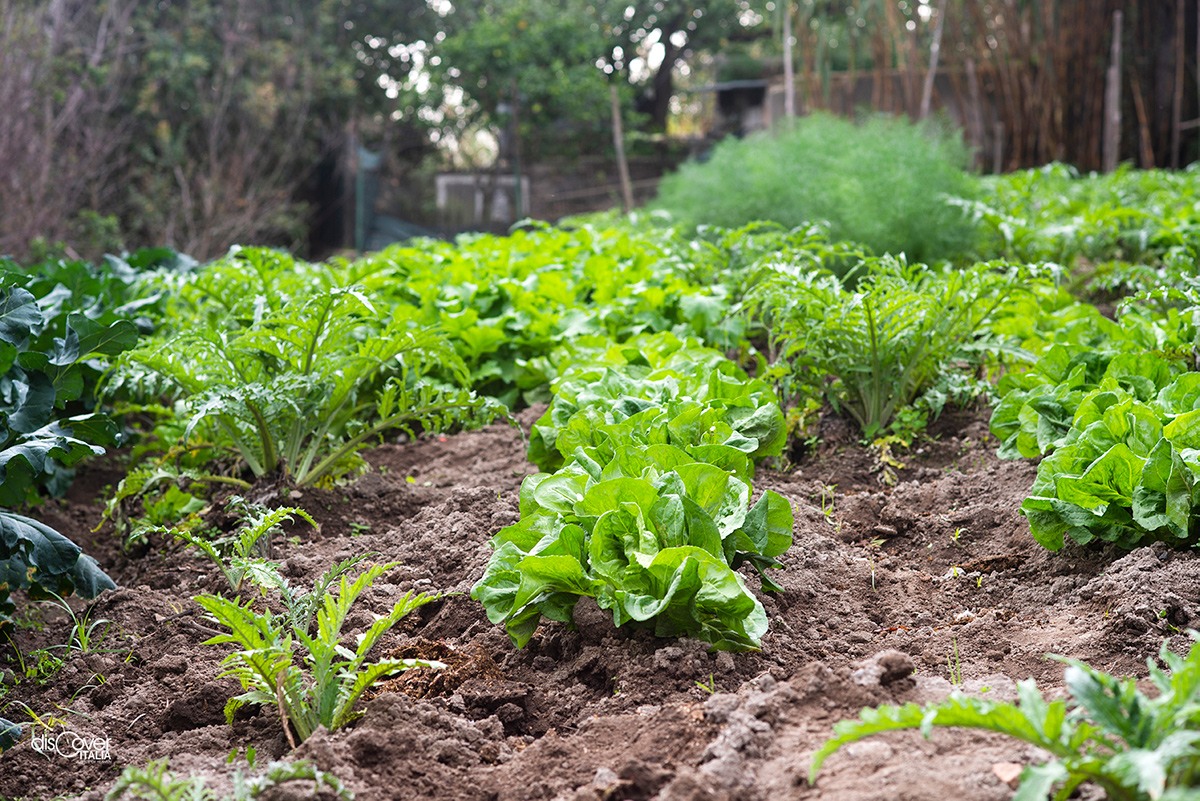
<I started sowing in September –he tells- hoping that, if everything went as planned, they would sprout earlier. The soil of Maronti is ideal for firstlings> Thanks to a virtue of this area which is daughter of the special nature of the mother island. In this camp, exposed to the sun and overlooking the sea, whose salty scents are perceived, plays a fundamental role in making this clayey soil fertile, together with another hidden but decisive element: hot water running in the underground. A unique factor of the volcanic island that makes coastal areas extremely favorable, even out of season and always of high quality, for copious productions.
Many of these areas, in time, have been converted into something else while this one next to the most extended and celebrated beach of the island has been brought back in use, recently, from the very willful determination with which Filippo is restoring the agriculture in abandoned grounds.
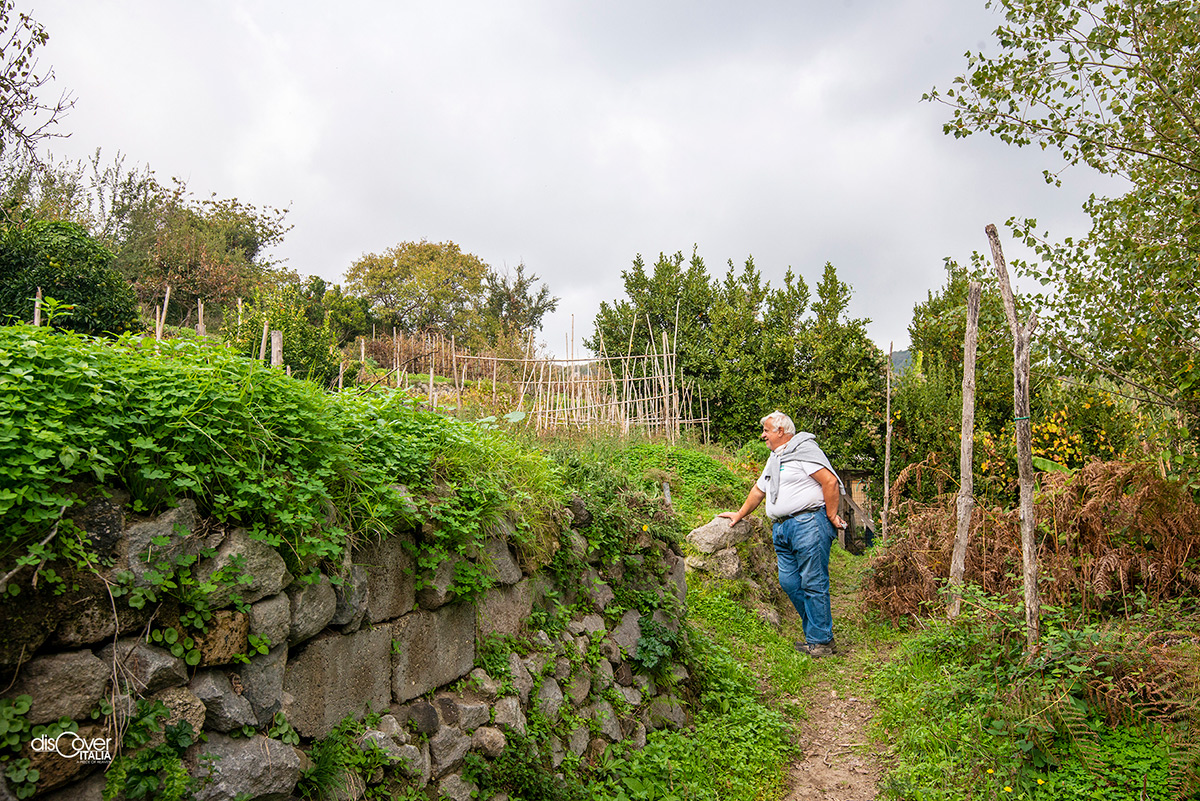
It required a lot of work at the beginning to plow and refine the soil before starting the cultivation at the beginning of Autumn. With the idea of using the favorable conditions of the area to make high quality products, since the beginning. This is why Filippo planted between fruit trees thousands of bulbs of garlic and onions, seeds of broad beans and peas and a great variety of winter vegetables. Bulbs and seeds selected with care, year by year, mostly of his own production or researched according to very precise and severe criteria: <I meet my friends – he tells- to share ancient, particular, and varieties bounded to the territory. I am also lucky to have a friend that roams around Campanian farms, I asked him to bring me local seeds that here in Ischia have been lost. Potatoes for example. Those I planted are from Monti Lattari, strictly Campanian, it would have been contradictory to plant Dutch potatoes, against biodiversity and against my principles.

The new soils are also suitable for some experimentation. Big coppery onions for example <<Let’s wait and see how they grow>>. However, working the land occurs only through traditional practices, part of an ancient knowledge, respectful towards the law of Nature and environmental and climatic characteristics of every soil: <<Mixing crops is essential – tells us Filippo- then we can make the ”pascone” which is how we call the green manure, burying leguminous in the ground to enrich the earth with mineral salts or if the soil lacks of calcium, we use ox blood. Soils like this are uncultivated from years and are very fertile, rich in humus and are not in need of any composts.
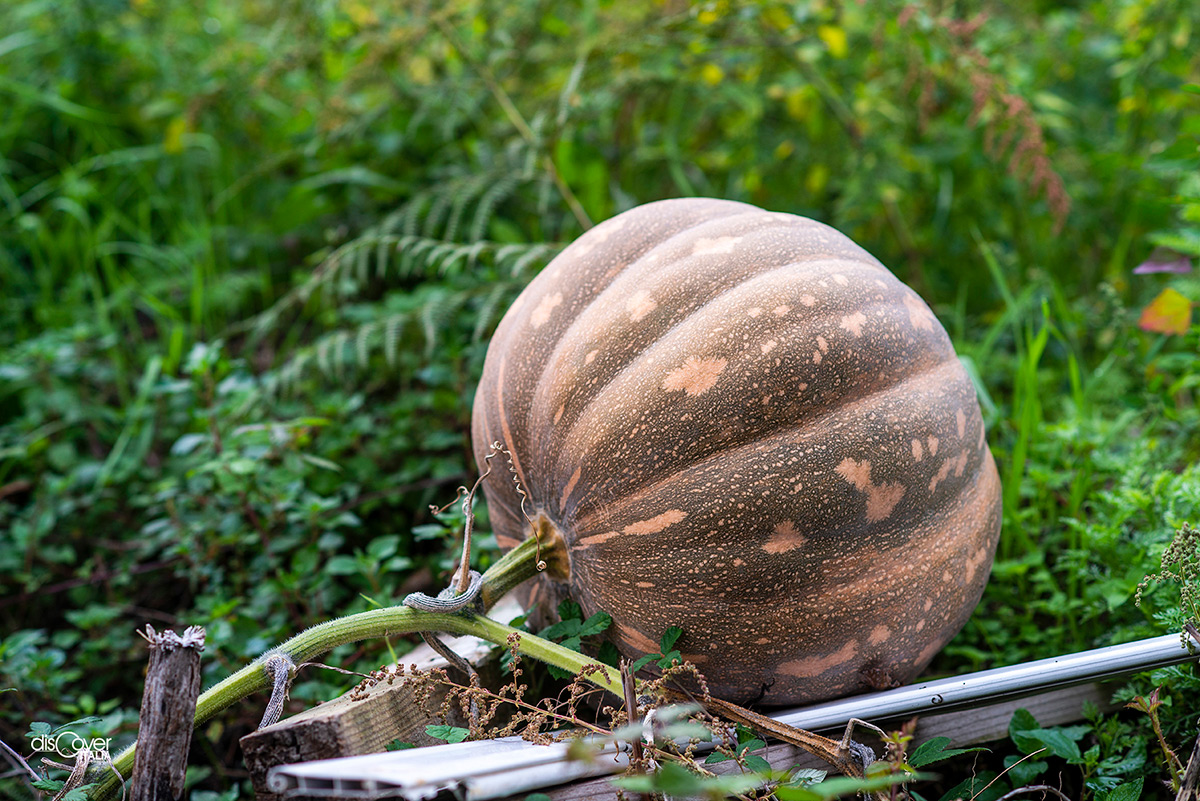
The island is rich in good soil to recover. The same Filippo, in addition to the garden and orchard in Maronti, dedicated himself to the pots on “Mount Barano” and at the “Guardiola”. And He’s not the only one. There are many young people interested in restarting business over abandoned grounds, ready to pick a challenge with many difficulties. The costs on the island for such business are higher than elsewhere because one has to pay higher prices for naphtha and even the water for agricultural use and without specific support.
In the last few years, hand in hand with the growing consumers’ attention towards quality and genuineness of a product and the return of the peasant cuisine, the request for zero-miles products in Ischia has also increased. <<There is a return from Ischitan people to the local productions – Filippo confirms- and even tourists are stopping by the Saturday market, they ask questions, they show interest and they even buy wild pot herbs spices and preserves. This urges an increase for local productions and the reopening of agricultural activities. It makes sense to restore soils like this one at Maronti and to plan early seasonal productions to answer the consumer demand.

A very wide project the one Florio is working on, in a network logic with other produces, alongside with: restoring ancient pits for the traditional rabbit breeding, restarting oil production, even if just for own use now, promoting wild herbs and restoring varieties of vegetables that have fallen in disuse. Like short podded broad beans that are growing in the soil of Maronti. Where already in February the hot water flowing in the subsoil will allow the plantation of tomato seedlings much earlier. And many other seeds of beans and peas, to have fresh when the season is right. In spring.


Even a few decades ago, children usually played among the large piles of clay dispersed in every corner of the hamlet. Everywhere, in its characteristic alleys, the hamlet of Maiano, one of the five districts of Sant’Agnello, revealed the importance of the terracotta manufacturing for the subsistence of its inhabitants.
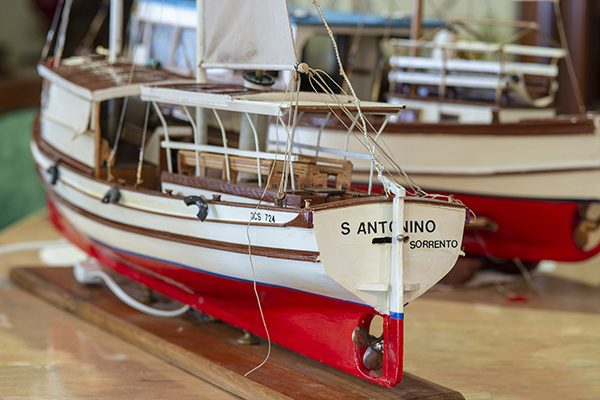
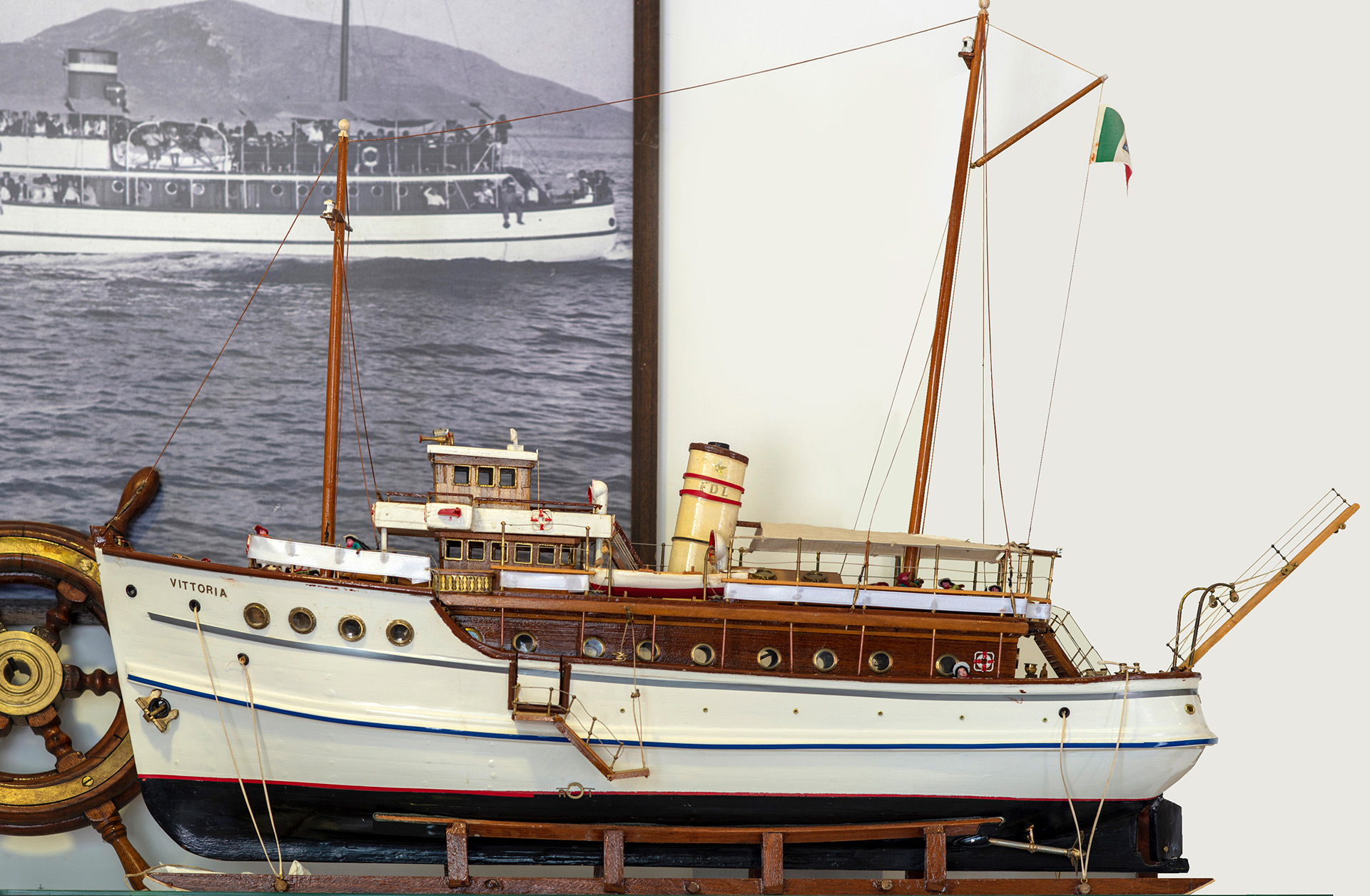
It deserves a place of honour, not only in the memory but also on the wall.
A black and white picture portraits it at sea. The name painted on the ship’s side, clearly highlighted: Vittoria. The same name we read on the model placed just below, which re-establishes colours and three-dimensionality to a vintage picture of a special ship. Originally, of a family history, which begun a century ago in Sorrento by Antonio Di Leva, captain and owner of that (still mostly) wooden motor vessel, which cut through the gulf of Naples. First confiscated due to military actions during the last war, it was then given to a cooperative of La Spezia, continuing its illustrious career in the Ligurian Sea.
As a highly experienced captain, Antonio did not lack spirit of initiative.
After the Second World War and the arrival of the first foreign tourists, mainly English, he started again with the motorboats. . 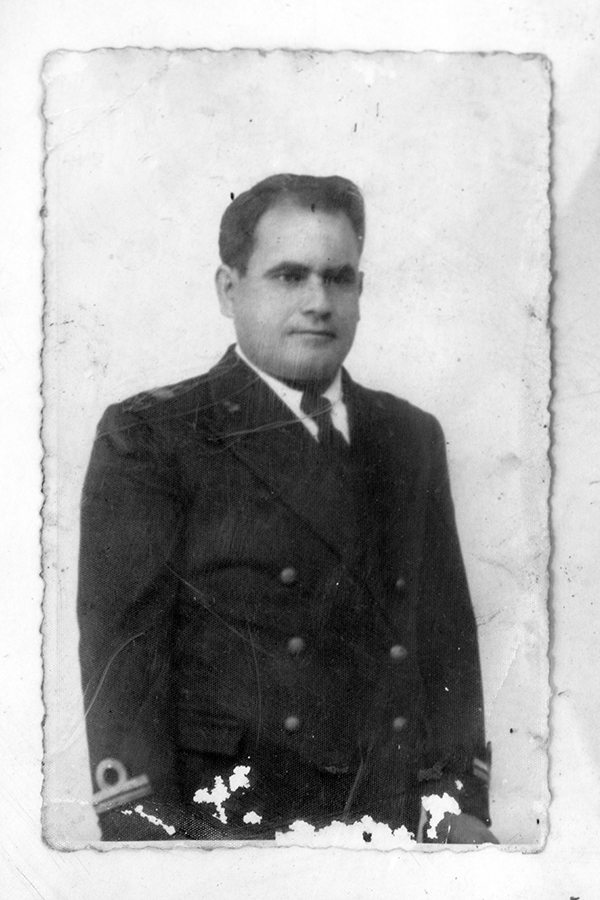 Made of polished wood, elegant and fast, he took the foreigners to Capri. He did not limit himself to the round trip between Sorrento and the island of Tiberius, but he offered the visit to the Blue Grotto entertaining the navigation with stories as a proper tour guide and providing the services of Capri excursion. Antonino believed in that new activity and so did his family, who supported and participated in the adventure.
Made of polished wood, elegant and fast, he took the foreigners to Capri. He did not limit himself to the round trip between Sorrento and the island of Tiberius, but he offered the visit to the Blue Grotto entertaining the navigation with stories as a proper tour guide and providing the services of Capri excursion. Antonino believed in that new activity and so did his family, who supported and participated in the adventure.
With the continuous increase of the tourist traffic in the Peninsula and the reputation of Capri, the number of speedboats and the connections multiplied. Di Leva had the idea to join forces of Sorrento small boat owners. It was not an easy operation, let alone a granted overcome. Sitting around a table was a semi-achievement and eventually the negotiation was successful. This is how the Sorrento Motorboats and Speed boats Group, the “Grummos” was launched. They were all partners with quotas measured in karats, such as diamonds. They agreed on allocating the presidency to Di Leva, who maintained it for a long time. Ten years later, Grummos generated the new society: Gruson, Sorrentine Group of Navigation.
“The innovation brought benefits to all the members and owners and to the travellers, who could count on a unique ticket”, as Paolo Durante remembers. Very young, he was a participant of that change as a main collaborator of the one he calls “uncle Antonino” (zio Antonino) affectionately, with recognition and a little nostalgic. “I was a boy when he started to take me with him all the time and he informed me of all the work matters – he explains – A precious development for the administrator role he entrusted me soon after. A choice supported, as usual, by his family, who has always been alongside the “boss” and his choices for everyone's sake”.
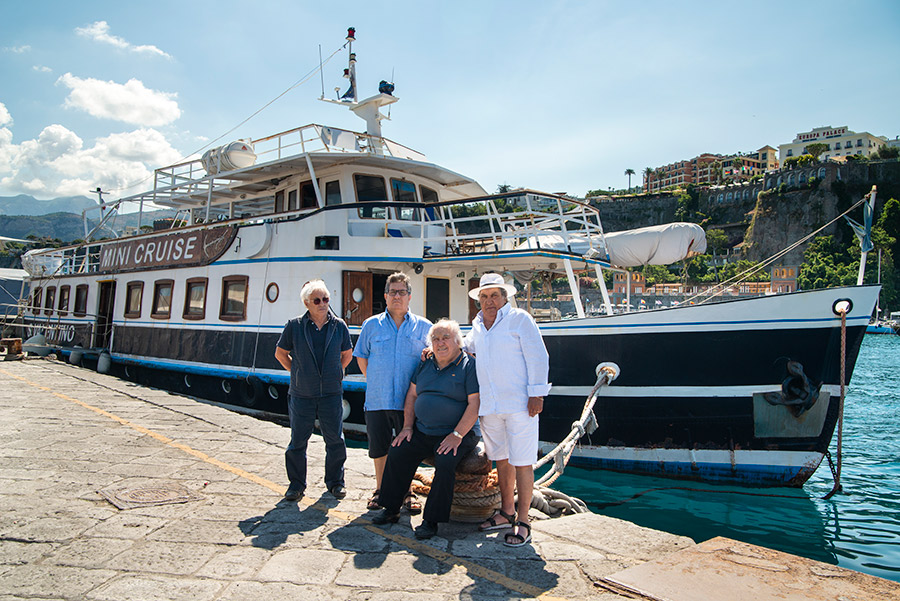 In the meantime, the ships changed too. They were no longer made in wood: « We bought the “San Valentino”, we called it the iron ship”, tells Durante, who has become the company president.
In the meantime, the ships changed too. They were no longer made in wood: « We bought the “San Valentino”, we called it the iron ship”, tells Durante, who has become the company president.
There is also that motor vessel in the family collection. Not only photographs but also models reproduced with millimetre precision and displayed in the house, which collects memories and keeps the Di Leva's memory from one generation to another.
In one of the rooms changed into a laboratory, Carlo Di Leva dedicates himself to his passion for model ship. He is not specialised in any kind of vessels, because he reproduced some of different types and periods.
From the galleons to the sailing ships, from the merchant and battle ships, the latest work of a long series, perfect in the set of accessories, including the spaselle (small box used by fishermen to transport the fish) with the fishes, is a typical fishing boat from Sorrento.
The mastery achieved over the years with patience and dedication allowed him to reproduce all the boats belonged to the Di Leva family, from the “Vittoria” to the 1950s speedboats, and to the modern jets of the planing hull, which fly fast on the sea.
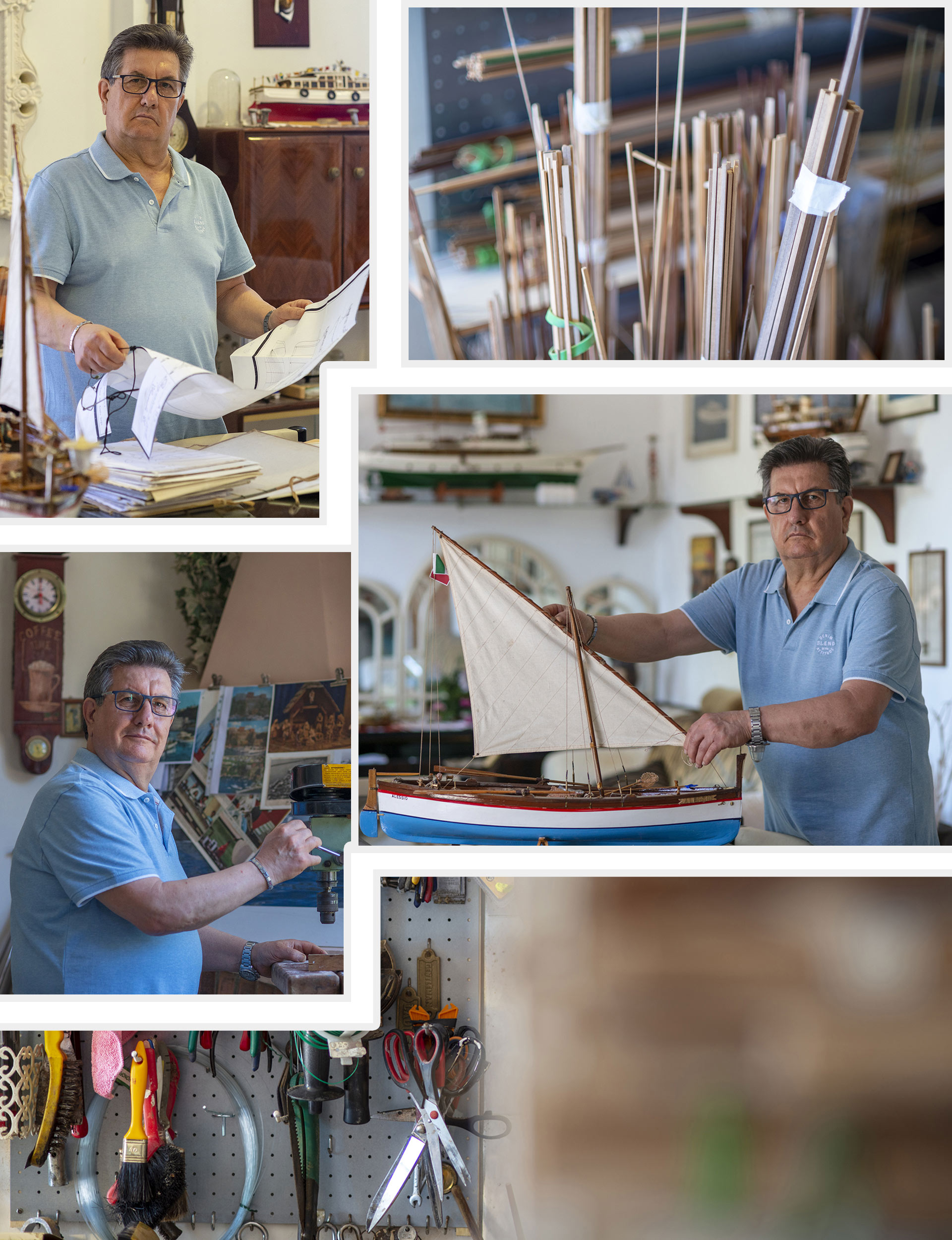
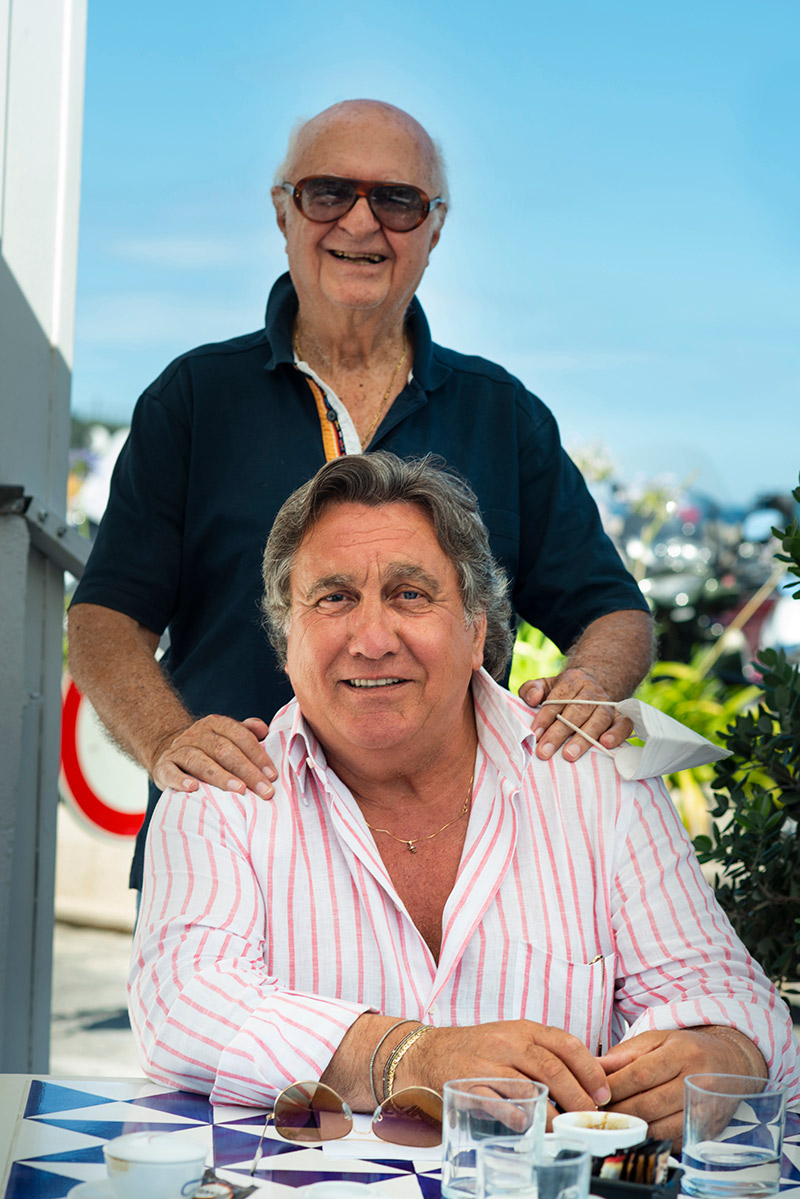
“They arrived from Norway – Paolo Durante says -
And they represent the hydrofoil’s evolution, which we used to call “popov”, due to their Russian
A new season for the navigation in the Gulf, in which once more, the authority of Antonio Di Leva has had its influence on, while his nephews, all of them captains, got the command of the family’s ships. “The period of the “popov”, (lifted out of the water with their wings), was the season of the agreement with Agostino Lauro, who took them to Ischia – Durante continues explaining – It has been another step of the navigation and of the relationships between ship-owners in the gulf. Meanwhile, as uncle Antonino did with me, I recognised my successor in Salvatore, one of his nephews, and he was proud of it. –
I passed the baton to Salvatore to continue the way when I decided to dedicate myself to the incoming tourism and to be only the company’s honorary president”.
Even if for special occasions, as Antonino and Mario Di Leva (forefather‘s nephews who succeeded to his command) say: “Every year with the faithful of the church of Santa Lucia, we go to Crapolla to celebrate the mass at sea”. The latest occasion happened for the big screen: the protagonist of “My Brilliant Friend” travelled on the “iron ship, now berthed in the port of Marina Piccola, which is a testimony too of a hundred-year family, ships and sea history.

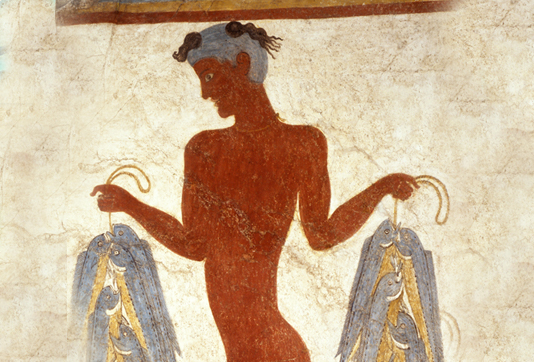
The lightning of the title is an illumination, linked to a special reflection, the rainbows of the dorado that fights under the boat before giving up and letting itself be lifted up: it is a scenographic flash that becomes a flashback and a pun. As I like it.
The dorado has an iridescent colouration: an archaic, very old face and it is fascinating me in an indescribable way: it is still caught with the so-called shadow fishing that uses palm trees and branches, and it is one of the most famous and tasty (blue) fishes (blue) known from the dawn of Mediterranean civilisation and not only. The dorado is a real sinuous queen, and it is part of us, without you noticing it… also because its fame has been obscured by the presumed economic nobility of other species. That’s it.
When I went to Santorini, I was looking forward to going to the site of Akrotiri, where 37 centuries ago there was a Cycladic city at the forefront of the sophisticated social organisation and its urban and engineering conquests, in the off-shore fishing navigation; and so, for its technique and its culture. It was buried by the explosion that destroyed half of the island between 1627 and 1600 BC. The Aegean Pompei, However, here the inhabitants managed to leave in time: there had been many signs, strong warning shocks before the terrible event.
It was crazy: the most imponent eruption, the mother of all the volcanic eruptions ever, it caused a tsunami which reached Crete, it triggered the decline - also for a concomitant series of mega earthquakes - of the Minoan civilisation which had formed the Cyclades one, and changed the path that our history would have taken. At the archaeological museum of Fira (Thira or Thera), where there are the most beautiful finds of that amazing period, I paused myself in admiration in front of the fresco of the “young fisherman”(it was in room number 5 of the “West House of Akrotiri”) which shows its preys: two dorado bunches, a dozen in total.
It is one of the most famous images of that fantastic period of conquests, travels, exchanges, crossings on the se. And it is certainly the first representation of the dorado, or dolphinfish (from the family of Coryphaena); or capone fish, as it is also known along the Sicilian costal areas. A name, the Sicilian one, which triggers a parallel - gastronomic - path . Which I will try to draw for you later. And, by the way, it is the universal symbol of happy fishing, in my opinion.
The Hemingway's is a clamorous misunderstanding
Photographing the Cycladic fisherman, I focuse d on the long readable caption next to him, prepared by the curators of the museum.It disappointed me. Too generic, for my old taxonomic mania: it is written that the boy holds “a rope with fishes form the mackerels family in each hand”. That is not right, I told myself. And I immediately thought that the fluctuating fate of the dorados was a bit linked to misunderstanding. The memory rushed to literature, the one of a very high upper class. And to one of the blows I had taken a while ago, when I discovered that mu mythical Fernanda Pivano, undiscussed priestess of the masterpieces of American fiction (thanks to her I devoured them, sharing the enjoyment with a couple of generations of Italians) had even mistaken the translation of a cult book by Ernest Hemingway: “The old man and the sea”.
d on the long readable caption next to him, prepared by the curators of the museum.It disappointed me. Too generic, for my old taxonomic mania: it is written that the boy holds “a rope with fishes form the mackerels family in each hand”. That is not right, I told myself. And I immediately thought that the fluctuating fate of the dorados was a bit linked to misunderstanding. The memory rushed to literature, the one of a very high upper class. And to one of the blows I had taken a while ago, when I discovered that mu mythical Fernanda Pivano, undiscussed priestess of the masterpieces of American fiction (thanks to her I devoured them, sharing the enjoyment with a couple of generations of Italians) had even mistaken the translation of a cult book by Ernest Hemingway: “The old man and the sea”.
All because of the dorados. Incredible. In English, the dorado is also called dolphinfish, and the assonance with the dolphin provoked an abyssal topic.
I make a digression. Let’s read together shreds of the great master who won the Pulitzer prize in 1953 and the Nobel prize for the literature the following great, thanks to, in fact… the dorados.
Here is the primigenaial tradition of a crucial hermingwayan passage. « […] It must be very strange in an airplane, he thought. I wonder what the sea looks like from that height? They should be able to see the fish well if they do not fly too high. I would like to fly very slowly at two hundred fathoms high and see the fish from above. In the turtle boats I was in the cross-trees of the mast-head and even at that height I saw much. The dolphin look greener from there and you can see their stripes and their purple spots and you can see all of the school as they swim. Why is it that all the fast-moving fish of the dark current have purple backs and usually purple stripes or spots? The dolphin looks green of course because he is really golden. But when he comes to feed, truly hungry, purple stripes show on his sides as on a marlin. Can it be anger, or the greater speed he makes that brings them out? […] Just before it was dark, as they passed a great island of Sargasso weed that heaved and swung in the light sea as though the ocean were making love with something under a yellow blanket, his small line was taken by a dolphin. He saw it first when it jumped in the air, true gold in the last of the sun and bending and flapping wildly in the air. It jumped again and again in the acrobatics of its fear and he worked his way back to the stern and crouching and holding the big line with his right hand and arm, he pulled the dolphin in with his left hand, stepping on the gained line each time with his bare left foot. When the fish was at the stem, plunging and cutting from side to side in desperation, the old man leaned over the stern and lifted the burnished gold fish with its purple spots over the stem. Its jaws were working convulsively in quick bites against [72] the hook and it pounded the bottom of the skiff with its long flat body, its tail and its head until he clubbed it across the shining golden head until it shivered and was still. Tomorrow I will eat the dolphin. He called it dorado […] ».
Yeah, the translation error is even too obvious, that dolphin doesn’t exist : the last scene - it it had really been about a dolphin - it would have been horrifying. And instead, the protagonist is a simple dorado. Exactly like the plump one I saw, another picture I stole, while it was unloaded from a Caribbean fishing boat on Curacao port not far from the floating market.
This is how it went. But it doesn’t end here.
The «old» Antonio Masarone, Acciaroli and the destiny fulfilled in Ischia
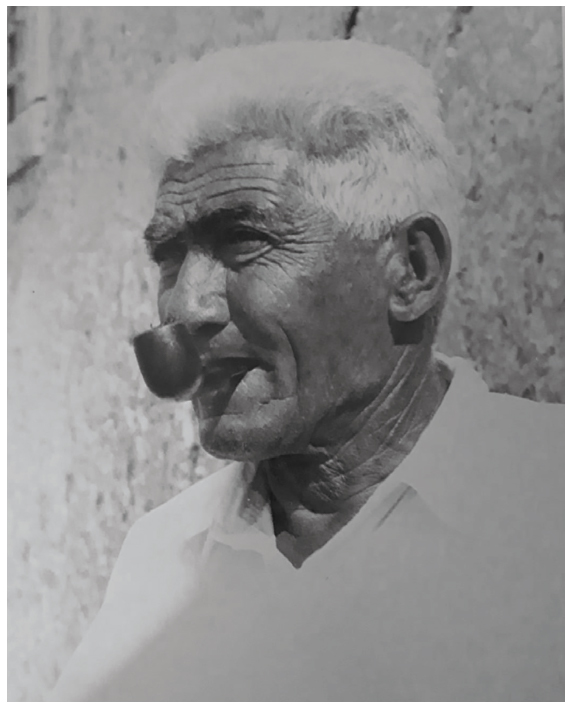 His name was Santiago, the old fisherman in the Gulf Stream of Hemingway’s novel. In everyday life, however, he was none other than Uncle Antonio ‘u Viecchiu (“the old” in Neapolitan dialect), as he was greeted on Acciaroli small harbour since the 1950s. Exactly the period during which Hemingway landed in those areas, during his tour in Italy. There, in the small hamlet, he immediately settled in: he always walked barefoot, he drunk, offered drinks, asked questions and wrote, wrote. In that outpost of Cilento, at the same time the “invention” of the Mediterranean Diet happened thanks to another American who will then be acclaimed. The physiologist Ancel Keys. In this trotting of suggestions, therefore, the excellent Ernest met Antonio Masarone - also known as Santiago - and became his friend, with the liquid complicity of whisky. And was inspired from him to make his Cuban fishermen immortal.
His name was Santiago, the old fisherman in the Gulf Stream of Hemingway’s novel. In everyday life, however, he was none other than Uncle Antonio ‘u Viecchiu (“the old” in Neapolitan dialect), as he was greeted on Acciaroli small harbour since the 1950s. Exactly the period during which Hemingway landed in those areas, during his tour in Italy. There, in the small hamlet, he immediately settled in: he always walked barefoot, he drunk, offered drinks, asked questions and wrote, wrote. In that outpost of Cilento, at the same time the “invention” of the Mediterranean Diet happened thanks to another American who will then be acclaimed. The physiologist Ancel Keys. In this trotting of suggestions, therefore, the excellent Ernest met Antonio Masarone - also known as Santiago - and became his friend, with the liquid complicity of whisky. And was inspired from him to make his Cuban fishermen immortal.
As Emilio La Greca Romano recently wrote : “[…] And this was how Uncle Antonio the Old established a cordial relationship with the great writer. He was a man who never did anything;
He placed himself under the young palm trees on the square in front of the church, he looked at the sea towards the Licosa and he wrote with the bottle beside him and walked barefoot like all of us, he wanted to know a lot of things from me”. This is how Uncle Antonio remembered him. “He - affirmed - loved the sea and those who face it to make a living to survive”. Uncle Antonio, ‘u Viecchiu, spent whole days offshore, far from his family like Santiago and he was skinny and bony and he had accentuated wrinkles on the nape of his neck. On the cheeks, the Old man had the big spots of skin cancer, caused by the sun reflections on the tropical sea. The spots ran down the sides of his face and his hands had deep scars, but none of these were recent. They were- Emilio La Greca’s text evoking Hemingway continues - all old like erosions of a desert without fish. Everything about him was old except his eyes which had the same color as the sea and they were happy and fearless. Antonio Masarone remained like this until he died; he remained exactly like the writer describes Santiago[…] And Uncle Antonio, felt that he had the mind and the brain of this character, in it , the old fisherman from Acciaroli easily impersonated himself because it was also his”.
Now could you ever imagine that the old Uncle Antonio Masarone has anything to do with Ischia? And it is exactly like this. I don’t know when he could have possibly stopped in the green island - the episode of when he set foot in front of the bench of Redentore quay is a bit legendary like his life - but it is also too true that his niece Anna lives in Forio, daughter of Antonio’s daughter …I recently discovered this small piece of history, with the precise awareness that our world not only is … round, and difficult - as Graziano Petrucci benevolent remembers - and small, but too magnificently rich of surprises to treat it badly.
Caponi and caponata
Oh well. The dorado is an omniscient fish. A bit like Hemingway’s authorial personality, who wrote in third person. A fish that lives there, inhabits our language. I have already told you that the other name is capone fish. And from here a nice eatable short circuit is unraveled. Let’s go in order. Do you know the caponata? I think so. There are an infinity of variables, it is like the rabbit for us, every mum knows a secret ingredient.
We start from Sicily: here today the caponata is a mix of vegetables (first of all there is his majesty the aubergine) which, once fried, are wrapped by a fundamental feeling of sweet and sour which is combined with tomato sauce, olives, capers and onions, and chunks of celery. In the sumptuous cuisine of the Sicilian aristocracy, the dorado was usually prepared - look at it - in sweet and sour sauce, the same ad hoc sauce. So what? Due to the fact that fish was a little bit expensive for common people, the people who loved to imitate the rich to fill their bellies with greater satisfaction, made a virtue of necessity and replaced the dorado-capone with the affordable and abundant aubergine. From the capone fish to caponata without capone fish.
Exactly like the event of the frugal, very frugal compromise of the “escaped fish” in Procida. I stop here, otherwise, starting from the aubergines we enter the DNA of the Mare Nostrum food in an effervescence of dizzying kickers.
In the meantime I prepare myself some Ischia stye caponata: wet, round, lukewarm and roughly crumbled freselle (dried bread); Maronti tomatoes as hard as tuff rock; garlic, spicy extra virgin olive from Piano Liguori; Greek white and large olives; oregano from Epomeo and basil from my home. Do you have anything else in mind? You have the faculty. Small and black potatoes of Serrara, boiled? Some crunchy celery? Take your time. I wait for you at the table.
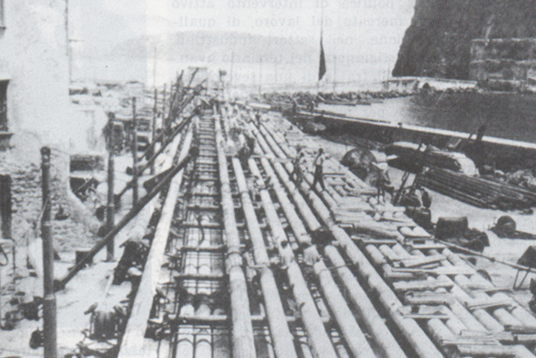
Powerful, vigorous, lightning fast.
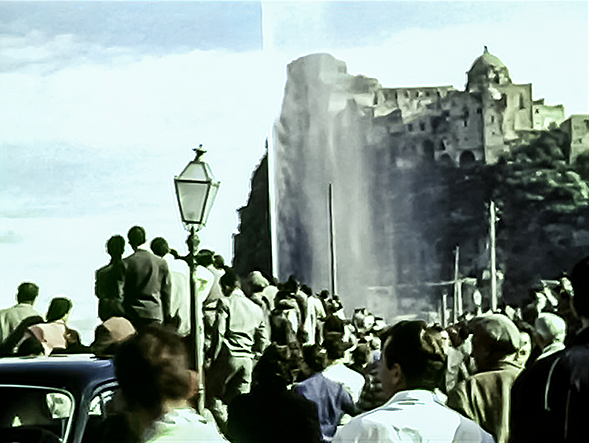
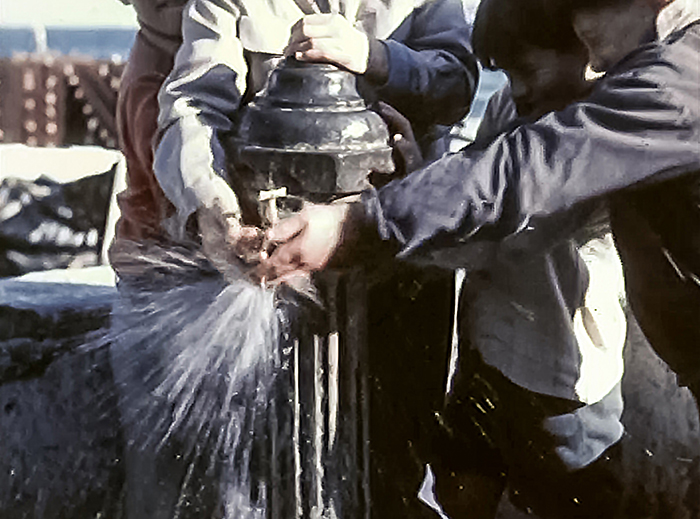
Forty meters high. Transparent against the blue sky of a clear autumn day. An intense applause greeted the gush of pure water, on that Sunday 9 November 1958, as it rose on the crowded square at the foot of the Aragonese Castle. And the sea all around was full of festively decorated boats, greeting with their sirens that novelty that could already be defined as historic. After years of waiting, the submarine aqueduct was finished and brought water to Ischia putting an end to its thirst. Procida had already benefited from it for a couple of years and now it was time for the island furthest from the mainland, the culmination of a project that begun to take shape at the beginning of a decade of great works and profound changes.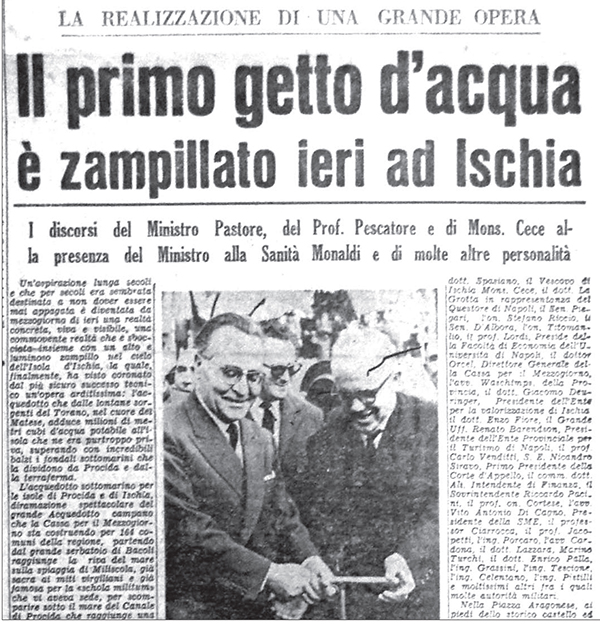
The uniqueness of that day was sealed by the large and unusual presence of guests who arrived from Naples and Rome for the inauguration.
Two ministers, national and regional politicians, representatives of institutions and the academic world together with the many technicians who followed the work in its complex evolution. A long list, reported in the chronicles of every newspaper of Monday, which did not fail to highlight the news. With the extensive report of the speech given by the Minister for the South Giulio Pastore. It was he, at twelve o'clock, who pressed the button that started the spectacular gush of water to spring into the Aragonese square, while the bells of every church on the island rang. And it was also he who inaugurated in the afternoon the fountains of Iechia Porto, Casamiceiola, Lacco Ameno and Forio, from which the water of Naples now flowed in every part of the island.
FROM THE SOURCES ON THE HILLS TO THE TANK SHIPS
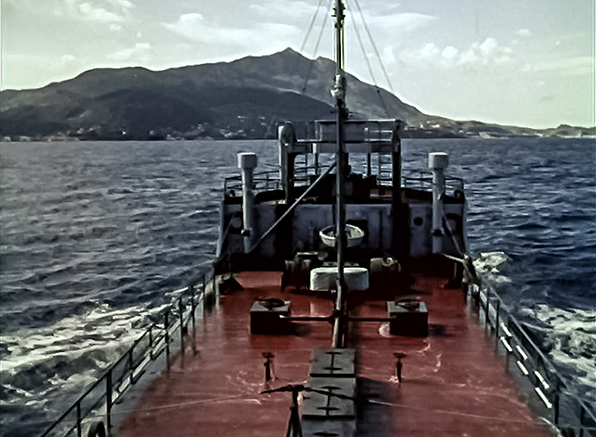
Two and a half centuries earlier, in the hamlet at the foot of the Castle, the people of Ischia had celebrated the completion of the Buceto aqueduct with the same enthusiasm. And for a long time the spring of Barano managed to satisfy the needs of a significant part of the population, between Ischia and Barano. Just as the inhabitants of the other districts drew with specific aqueducts from the sources of cold and drinkable waters present, mostly, in the hilly areas of the interior: Ervaniello and Piesco in Casamicciola, Ciglio in the homonymous hamlet at the foot of the Epomeo, Piellero in Forio, Cava Sia in Panza, Cava dell'Acqua in Succhivo and Nitrodi, in Barano, the most lavish and appreciated for its healing properties, known since ancient times. And, close to the sea, the Mirtina water, in the Arso d’Ischia, and the Pisciariello water in Lacco Ameno, guilty of leaving black teeth on those who used it.
Fed by the rains, the reach of all these sources tended to change considerably over the course of the year, with inevitable consequences on the supply of the population. Which, therefore, also tried to make the most of rainwater, collecting it in the capacious cisterns that all the houses were equipped with. But water was still a limited availability good, so it should always be used sparingly. And the progressive demographic increase with the increased hygienic requirements made it more and more insufficient and precious. Until, in the last century, the sources that the island naturally had no longer existed and it was necessary to integrate their production more and more massively, resorting to imports from the mainland with tankers.
Large and small arrived every day, to supply the public reservoirs of every area of the island with drinkable water. And also the hotels rising along the Ischitan coast, with a further increase in water needs. Ships and barges anchored a few meters from the shore. With rowboats, the sailors carried the hoses ashore to the recipients' facilities. At the same time, there was a curious movement of boats in reverse. Anyone who had a watercraft, loaded it with demijohns and other useful containers and went to take supply from ship for the needs of the family. And it was not uncommon for someone to dump the water directly into the boat, even risking capsizing, as had sometimes happened to the hilarity of the onlookers.
A "STRANGE" IDEA TO QUENCH THE THIRST OF THE ISLANDS
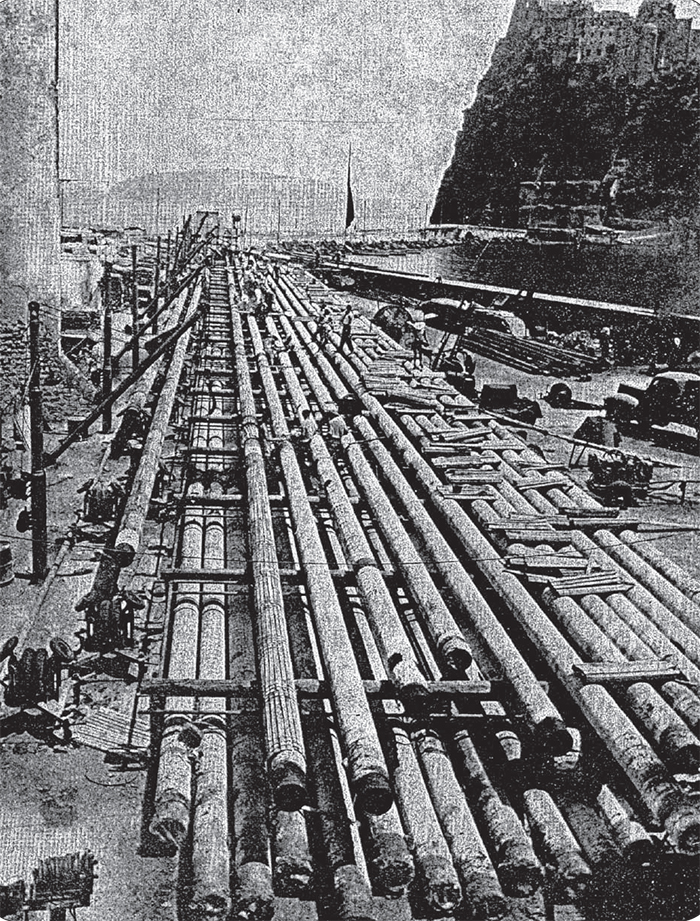 The water transport system was enough efficient already, but it did not guarantee its hygiene and potability. And, above all, it was already at the limit of its ability to meet the needs of an ever-growing community and a rapidly expanding tourism economy. Therefore in Ischia people began to think about possible solutions to the water problem, an absolute priority over any development program. And among the various hypotheses, supply from the mainland with a submarine pipeline was also considered. The idea was launched in the newspaper “Agire”(“taking action” in Italian) and aroused the interest of some administrators of the time, who had a general project drawn up. On the occasion of his vacation in Ischia in 1950, the honorable Attilio Piccioni was informed, who advised to present the project as soon as possible to the recently established Cassa per il Mezzogiorno. Done after his departure. And on March 16, 1951, the news of the green light for the work arrived in Ischia.
The water transport system was enough efficient already, but it did not guarantee its hygiene and potability. And, above all, it was already at the limit of its ability to meet the needs of an ever-growing community and a rapidly expanding tourism economy. Therefore in Ischia people began to think about possible solutions to the water problem, an absolute priority over any development program. And among the various hypotheses, supply from the mainland with a submarine pipeline was also considered. The idea was launched in the newspaper “Agire”(“taking action” in Italian) and aroused the interest of some administrators of the time, who had a general project drawn up. On the occasion of his vacation in Ischia in 1950, the honorable Attilio Piccioni was informed, who advised to present the project as soon as possible to the recently established Cassa per il Mezzogiorno. Done after his departure. And on March 16, 1951, the news of the green light for the work arrived in Ischia.
Just the day before, the Committee of Ministers for the South decided to build a submarine pipeline for Procida and Ischia. The work was included in the great project of the new Campania aqueduct, one of the most modern water systems in Europe. Defined since the beginning, without a shadow of hyperbole, colossal and futuristic. In fact, using water from springs in Campania and Molise, it had to serve Naples and 157 municipalities of the four Campania provinces with over 3 million inhabitants.
For its realization, thousands of skilled workers and technicians were mobilized day and night and an important industrial sector was created in the area.
SAME ROUTE AS THE TRAVELERS ON THE GRAND TOUR
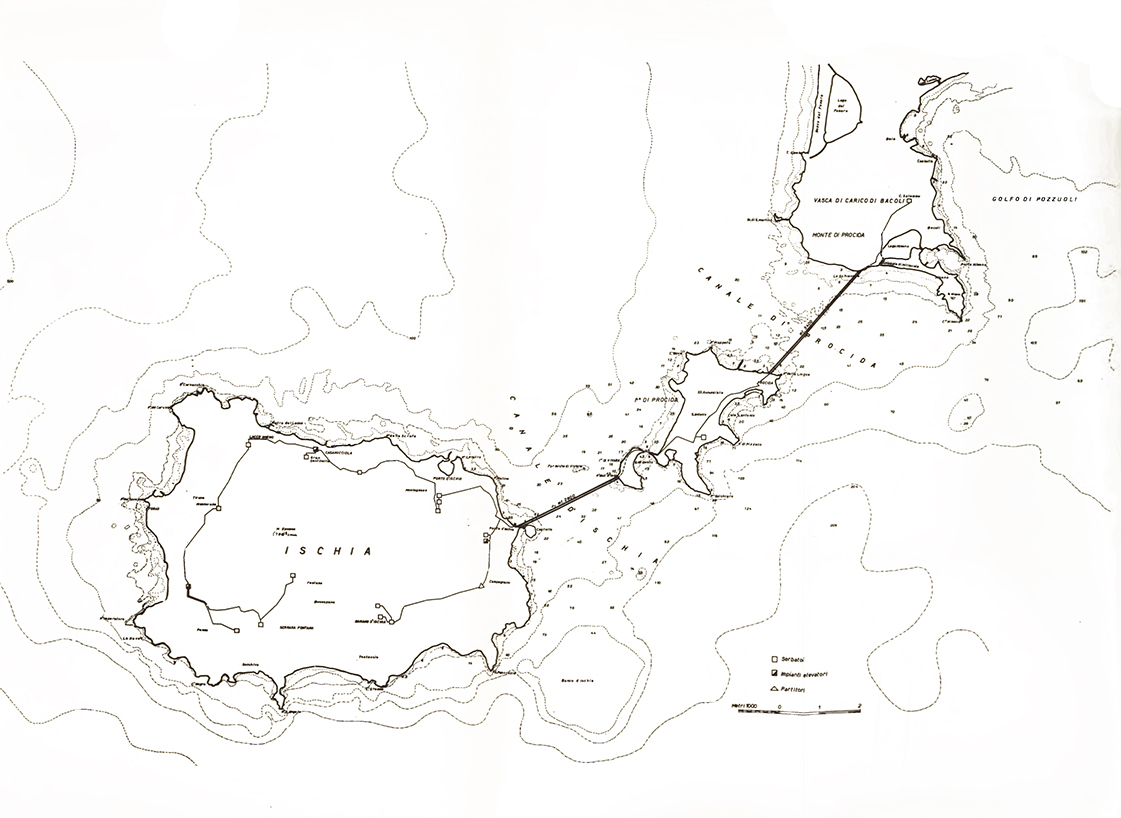 One rib of this colossus had to meet the needs of the Islands. The task was unprecedented for the length of the submarine sections, in which the laying of the two pipelines required highly innovative technical solutions and committed skilled labor from all over Italy. The huge branch that started from Naples quenched the thirst of the Phlegraean municipalities before starting its submarine journey from the beach of Miliscola, from where in ancient times the travelers of the Grand Tour headed for the islands. The sections of the new aqueduct were also identical to the stages of their journey to Ischia: immersed at a depth of eighteen meters along the entire Procida Canal, it re-emerged at Marina di Sancio Cattolico and from there continued to the reservoir for the island of Graziella, where the water had already arrived in 1956; then, the land stretch up to the part incorporated in the new bridge connecting Procida and Vivara; after crossing the islet, it returned to the sea until Ischia, where it returned to land at the historic Ponte Aragonese, to reach, a few meters away, the side of the square dominated by the Castle where the inaugural jet rose.
One rib of this colossus had to meet the needs of the Islands. The task was unprecedented for the length of the submarine sections, in which the laying of the two pipelines required highly innovative technical solutions and committed skilled labor from all over Italy. The huge branch that started from Naples quenched the thirst of the Phlegraean municipalities before starting its submarine journey from the beach of Miliscola, from where in ancient times the travelers of the Grand Tour headed for the islands. The sections of the new aqueduct were also identical to the stages of their journey to Ischia: immersed at a depth of eighteen meters along the entire Procida Canal, it re-emerged at Marina di Sancio Cattolico and from there continued to the reservoir for the island of Graziella, where the water had already arrived in 1956; then, the land stretch up to the part incorporated in the new bridge connecting Procida and Vivara; after crossing the islet, it returned to the sea until Ischia, where it returned to land at the historic Ponte Aragonese, to reach, a few meters away, the side of the square dominated by the Castle where the inaugural jet rose.
"Pure and appreciated water", the bishop of Ischia defined it in the inscription on the marble plaque displayed that serene November morning. In front of the spectacle of the sea and, in the background, the Matese mountains, guardians of the source of the Torano gifting that precious water. Even today, as seventy years ago, "for those who come here in the always sunny green Aenaria for their health".
Copyright video, foto e testi © 2020